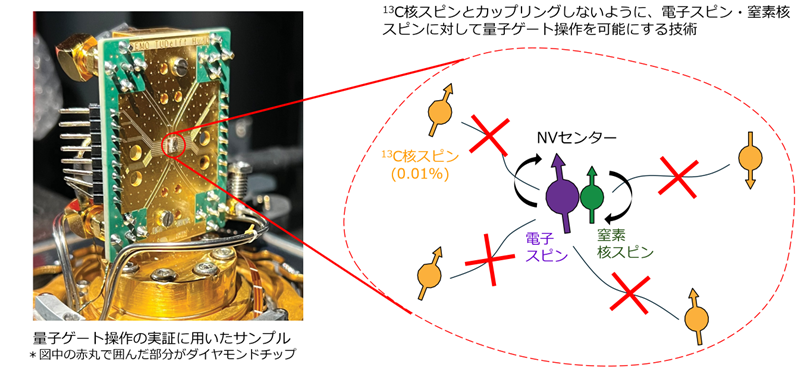2025-03-24 東京科学大学
<関連情報>
- https://www.isct.ac.jp/ja/news/lu3oqpk7oj2r#top
- https://www.isct.ac.jp/plugins/cms/component_download_file.php?type=2&pageId=&contentsId=1&contentsDataId=891&prevId=&key=cbf543524e10b67f86de71cd8baa5d33.pdf
- https://advanced.onlinelibrary.wiley.com/doi/10.1002/aelm.202400880
反応性スパッタリング法により作製した異種金属三元系MgSiN2薄膜における非平衡ウルツ鉱構造の実現 Realization of Non-Equilibrium Wurtzite Structure in Heterovalent Ternary MgSiN2 Film Grown by Reactive Sputtering
Sotaro Kageyama, Kazuki Okamoto, Shinnosuke Yasuoka, Keisuke Ide, Kota Hanzawa, Yoshiomi Hiranaga, Pochun Hsieh, Sankalpa Hazra, Albert Suceava, Akash Saha …
Advanced Electronic Materials Published: 06 February 2025
DOI:https://doi.org/10.1002/aelm.202400880

Abstract
The piezoelectric and ferroelectric applications of heterovalent ternary materials are not well explored. Epitaxial MgSiN2 films are grown at 600 °C on (111)Pt//(001)Al2O3 substrates by the reactive sputtering method using metallic Mg and Si under the N2 atmosphere. Detailed X-ray diffraction measurements and transmission electron microscopy observations revealed that the epitaxially grown films on the substrates have a hexagonal wurtzite structure with c-axis out-of-plane orientation. The random occupation of this structure by Mg and Si differs from that of the previously reported structure in which these two cations periodically occupy the cationic sites. However, the lattice spacings closely approximate those that are previously reported, irrespective of the ordering, and they are almost comparable with those of (Al0.8Sc0.2)N. The wide bandgap of >5.0 eV in deposited MgSiN2 is compatible with that of AlN and suggests durability against the application of strong external electric fields, possibly to induce polarization switching. In addition, MgSiN2 is shown to have piezoelectric properties with an effective d33 value of 2.3 pm V−1 for the first time. This work demonstrates the compositional expansion of hexagonal wurtzite to heterovalent ternary nitrides for novel piezoelectric materials, whose ferroelectricity is expected.



